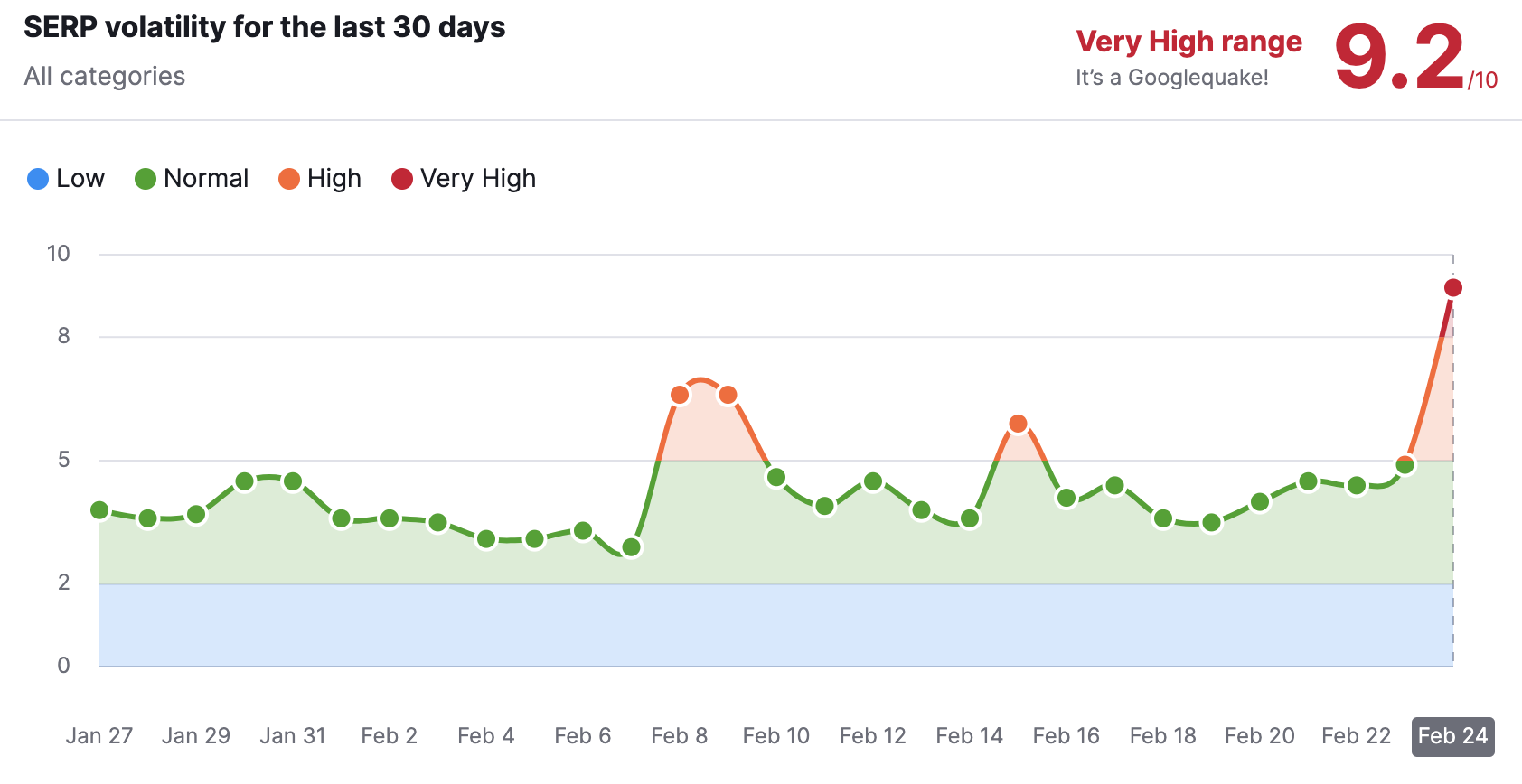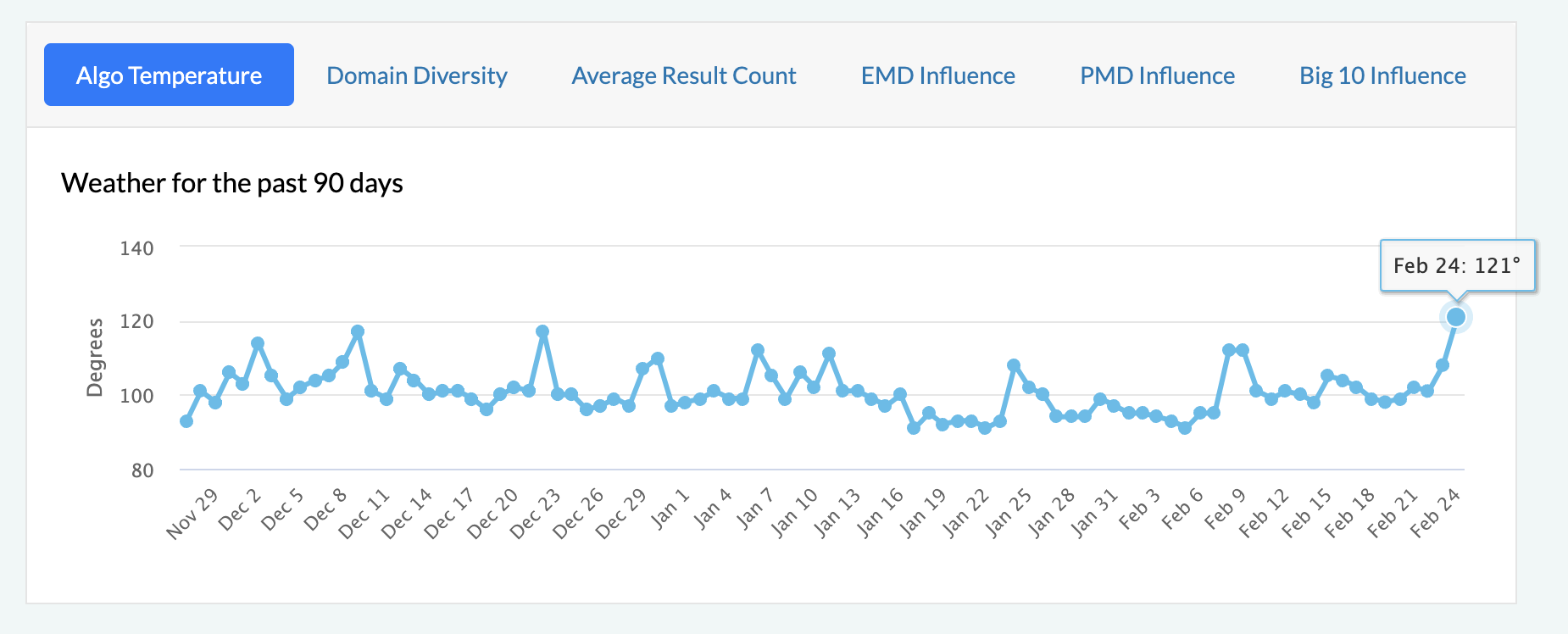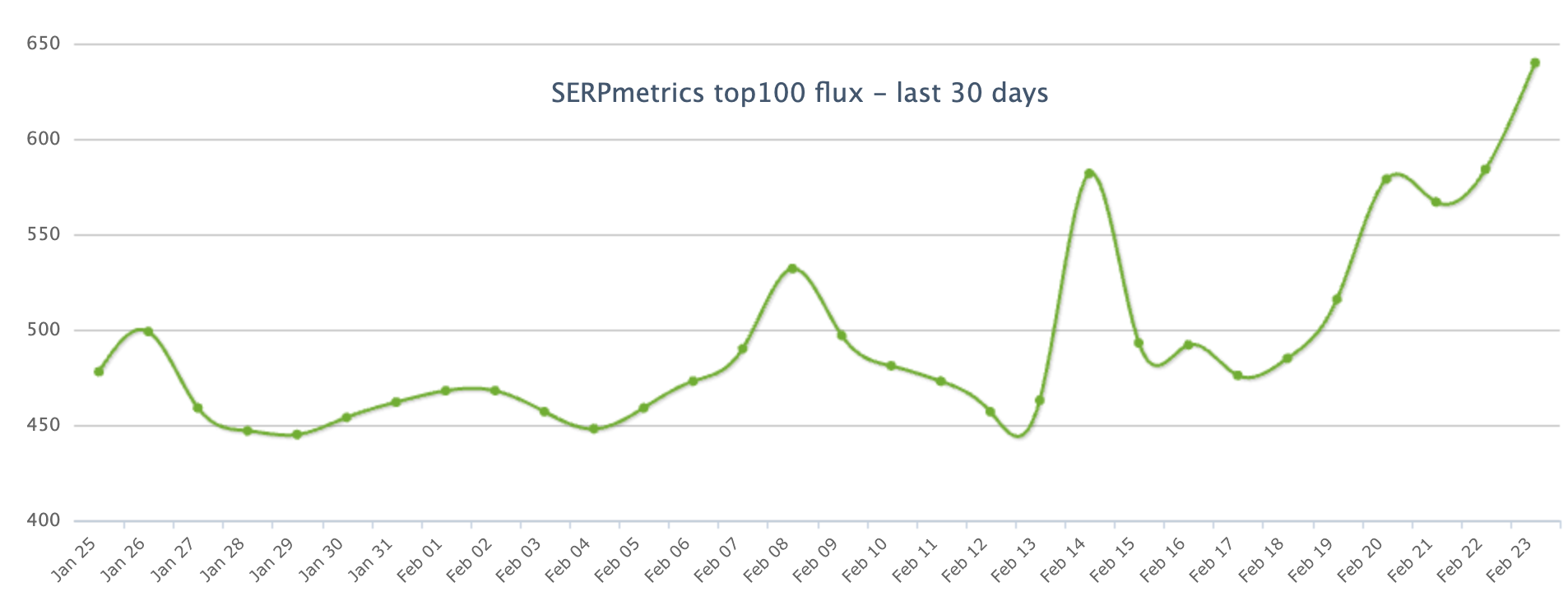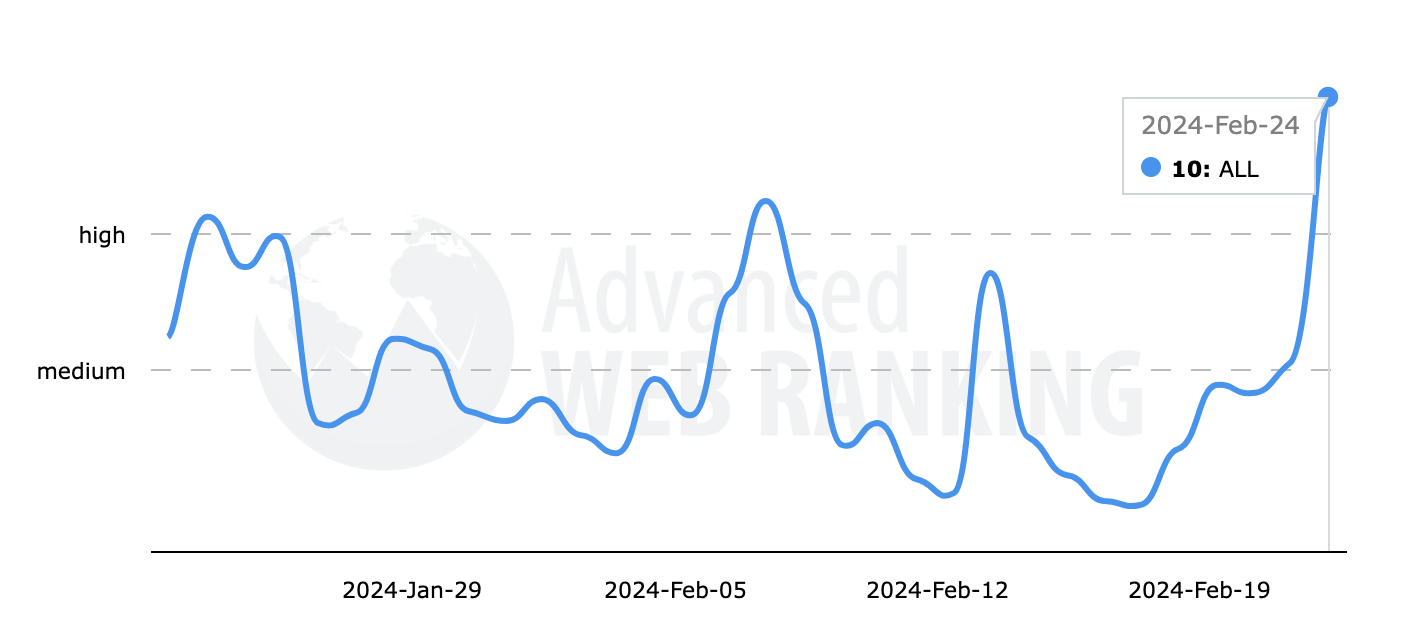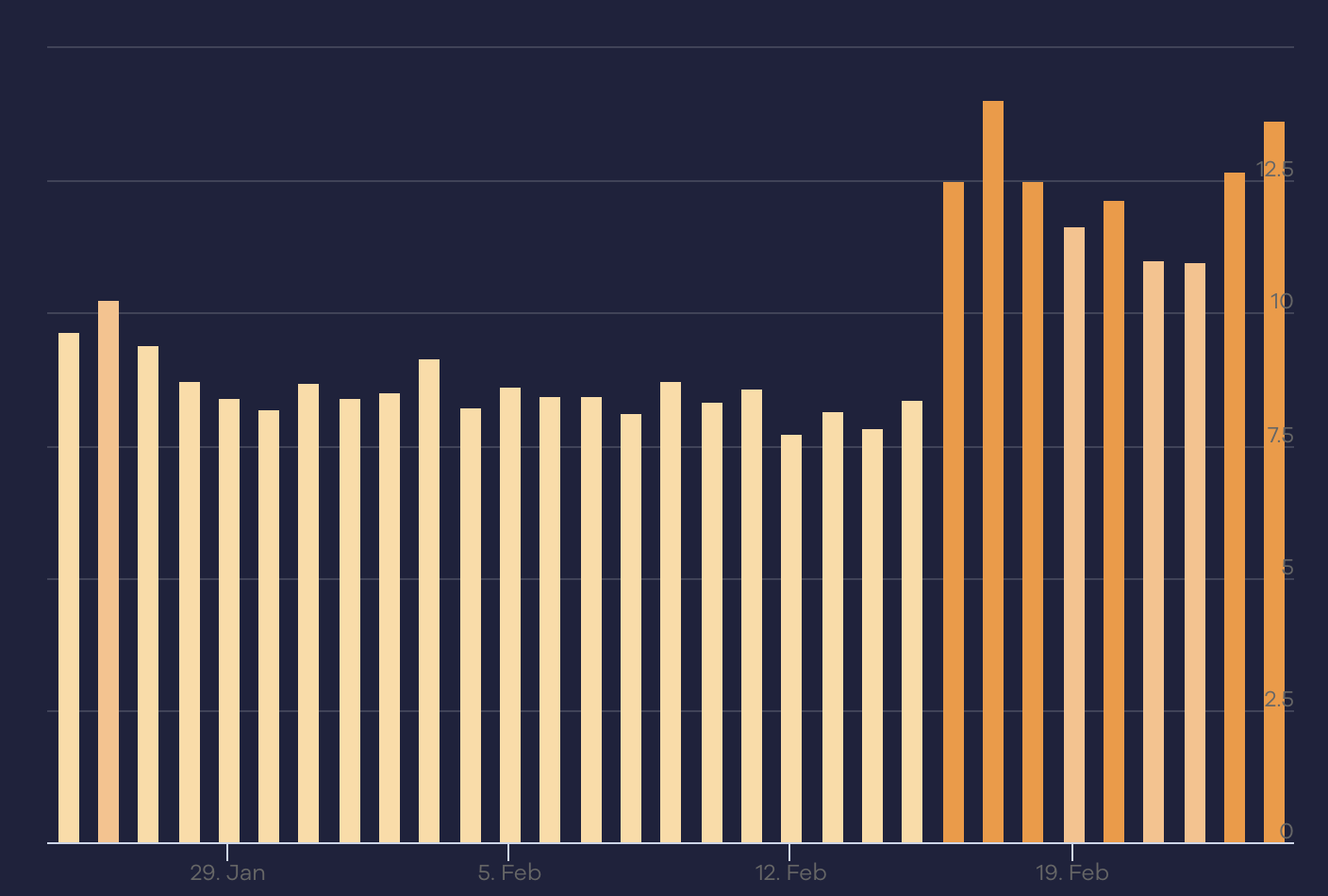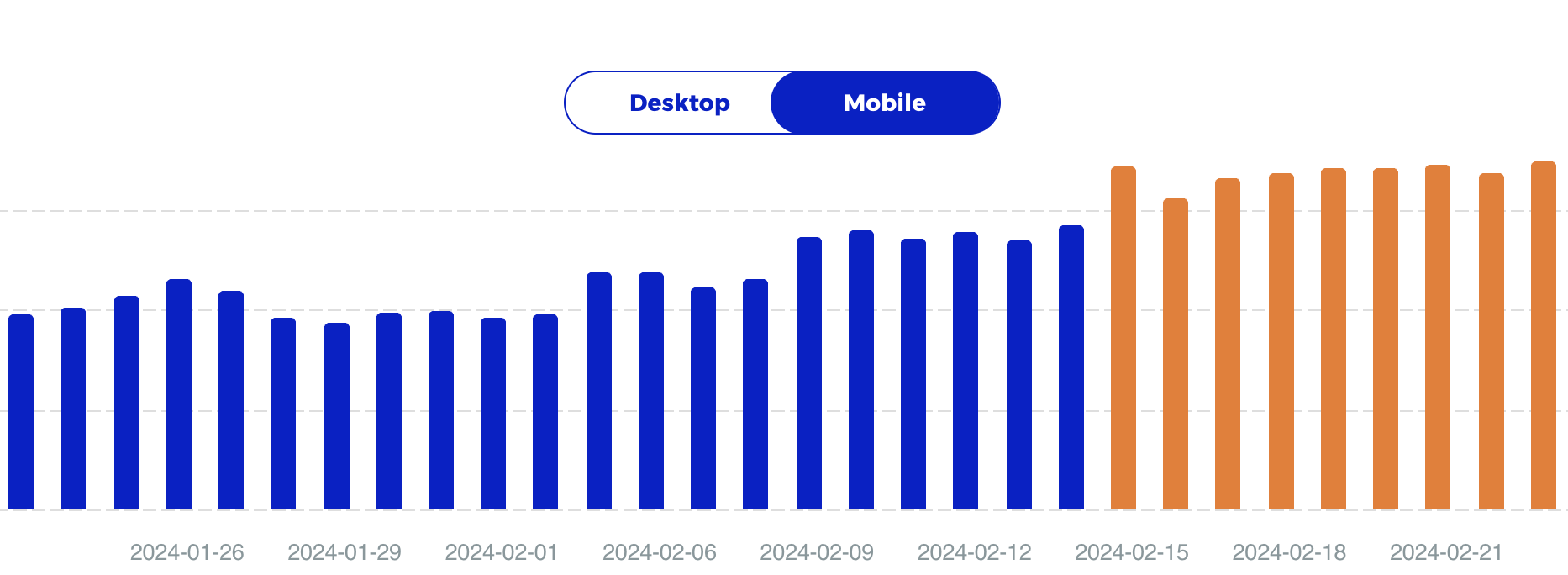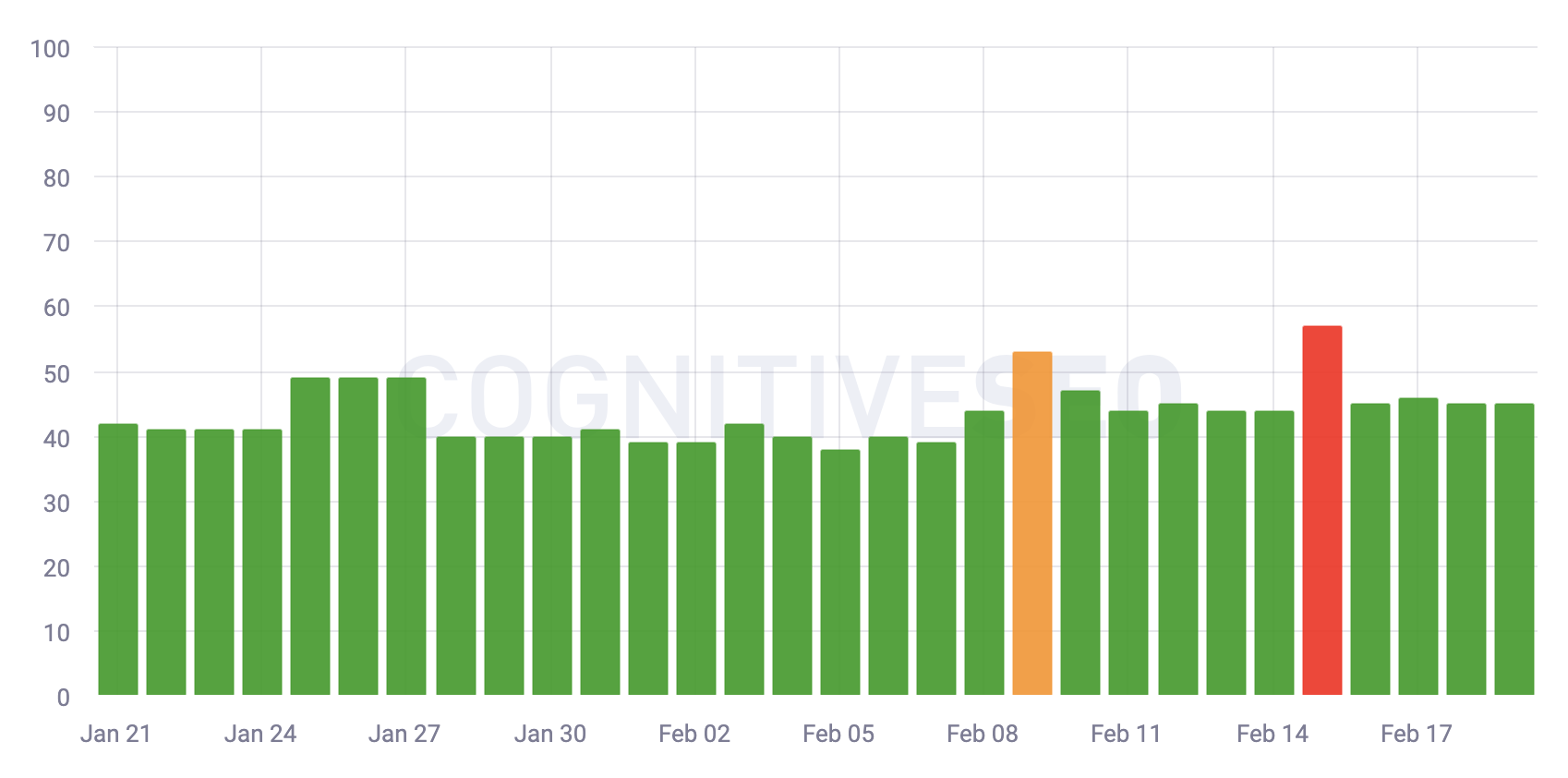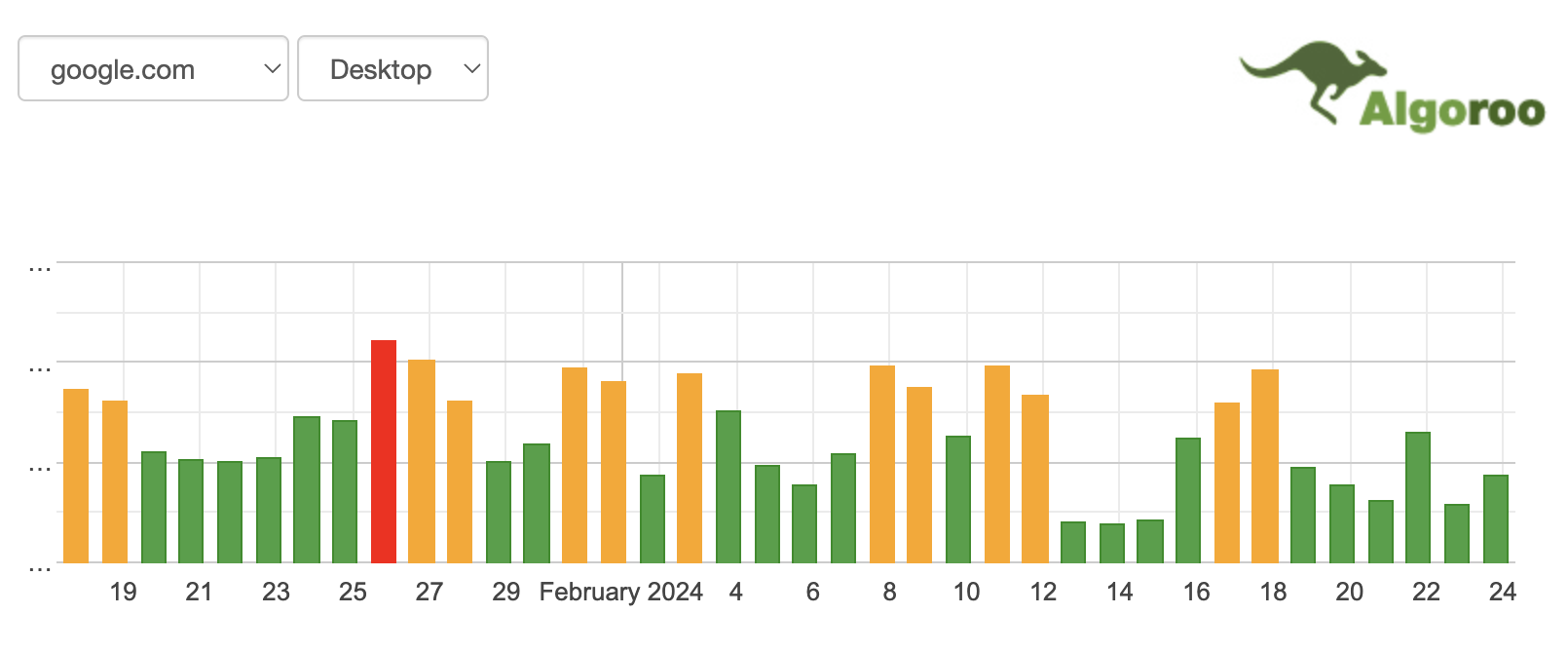OTHER
Different experiences with free and freemium software trials

There are a number of hurdles to clear internally that make free trials hit-or-miss when businesses are updating their martech stack. In disruptive times like these, however, organizations are looking to evolve and further transform their digital capabilities. When are free trials helpful to the process?
A B2B company, for instance, could see growth potential in e-commerce sales and in adding consumer customers. In other cases, marketers are looking to expand their reach or improve measurement in existing channels.
Playing in a sandbox and upgrading a low-tier subscription
M&D Distributors, a Texas-based engine parts distributor, is building out its e-commerce sales, a project several years in the making. Since the pandemic, the company has seen an increase in direct-to-consumer sales (reflected in their new website).
According to E-commerce Product Manager Tyler Simons, the company decided to adopt a payment app, in keeping with what they saw some competitors doing. After looking at the various plans different vendors offered, they found Affirm’s monthly options the most desirable for customers.
Though there was no trial offer for Affirm, the M&D Distributors marketing team got to test the experience, before going live, via Affirm’s sandbox environment.
“Using Affirm was just another opportunity to show the extra capabilities we have and offer to make the consumer experience a little better,” said Simons. “One of the reasons we chose Affirm was that we know a lot of consumers are strained on their budgets.”
Installing a payment plan app is part of a larger transformation project for M&D Distributors. In January, the Marketing Business Development Manager and his team began using HubSpot’s CRM. The success with this system already spurred the company to upgrade from a low-cost to a medium-cost tier, Simons stated.
Because Affirm doesn’t offer a free trial to marketers, there is added pressure for the system to generate new revenue.
“We’ve had mixed feelings about the response,” Simons said. “It’s worked from the standpoint that we get 20 orders per month through it. But we were hoping it would get 30 or 40 to recoup the initial investment faster.”
Privacy concerns narrow opportunities for experimentation
Some companies have a limited ability to try new solutions on a trial basis due to constraints within their industry. For instance, in the financial sector, the amount of security needed to protect customer accounts makes many free trials unfeasible.
“When vendors want to push a free trial or freemium product, for us this means anything from change management to how it plays into cybersecurity,” said Chris George, Director of Martech for Canadian regional bank ABT Financial. “It’s very difficult to onboard something just to try.”
Having access to top-of-the-line technology at no cost might seem enticing. But often the value also comes with the service that accompanies the technology, and that’s not provided in many freemium versions.
“Freemium generally means we don’t get the support for onboarding and change management,” George said.
There are areas in the company’s marketing and operations that are a little less strictly regulated. For example, ABT Financial chose to evaluate ClickMeeting to host webinars over the last year. According to George, Zoom wasn’t possible for security reasons. “We use G Suite, and that’s not ready for prime time when it comes to Webinars,” George said. “It’s not appropriate for marketers right now.”
For the moment, ABT Financial is continuing to use the freemium ClickMeeting to host webinars, and is still reviewing next steps.
Because of the change management factor, the ideal use case for a free trial might not be to replace existing solutions. Of course, replacement is a major part of managing a martech stack, but free trials are easier to implement when looking at new tools.
Take the Martech Replacement Survey.
Melissa Chiou is a social media specialist for a marketing consulting agency, working as a team member embedded in the marketing department. Her client is a branch of the U.S. government.
Chiou wanted to trial a measurement tool for competitive analysis to see how her client’s presence ranked on different social media channels.
“A couple of vendors had free trials,” she said. “Most are really new, and there’s no brand recognition. For a freemium service, you can work with this layer and find out – does it solve a problem for your team?”
A vendor provided a 14-day trial with free analysis. Chiou found that the solution did solve a problem for the team, and she put forward her recommendation to the government in favor of using the vendor.
This kind of success shows that marketers can benefit from free trials. But there are specific instances when they work best, and other times when they work against the goals organizations are trying to reach during the regular course of business.
This story first appeared on MarTech Today.
https://martechtoday.com/different-experiences-with-free-and-freemium-software-trials-247620
Author:
Chris Wood draws on over 15 years of reporting experience as a B2B editor and journalist. At DMN, he served as associate editor, offering original analysis on the evolving marketing tech landscape. He has interviewed leaders in tech and policy, from Canva CEO Melanie Perkins, to former Cisco CEO John Chambers, and Vivek Kundra, appointed by Barack Obama as the country’s first federal CIO.
OTHER
Why Malia Obama Received Major Criticism Over A Secret Facebook Page Dissing Trump

Given the divisive nature of both the Obama and Trump administrations, it’s unsurprising that reactions to Malia Obama’s alleged secret Facebook account would be emotional. Many online users were quick to jump to former President Donald Trump’s defense, with one user writing: “Dear Malia: Do you really think that anyone cares whether you and/or your family likes your father’s successor? We’re all trying to forget you and your family.”
Others pointed out the double standard held by those who condemn Trump for hateful rhetoric but praise people like Malia who speak out against her father’s successor in what they believe to be hateful rhetoric. Some users seemed bent on criticizing Malia simply because they don’t like her or her father, proving that the eldest Obama daughter couldn’t win for losing regarding the public’s perception of her or her online presence.
The secret Facebook situation is not all that dissimilar to critics who went after Malia for her professional name at the 2024 Sundance Film Festival. In this instance, people ironically accused Malia of using her family’s name to get into the competitive festival while also condemning her for opting not to use her surname, going by Malia Ann instead.
OTHER
Best Practices for Data Center Decommissioning and IT Asset Disposition

Data center decommissioning is a complicated process that requires careful planning and experienced professionals.
If you’re considering shutting down or moving your data center, here are some best practices to keep in mind:
Decommissioning a Data Center is More than Just Taking Down Physical Equipment

Decommissioning a data center is more than just taking down physical equipment. It involves properly disposing of data center assets, including servers and other IT assets that can contain sensitive information. The process also requires a team with the right skills and experience to ensure that all data has been properly wiped from storage media before they’re disposed of.
Data Centers Can be Decommissioned in Phases, Which Allows For More Flexibility
When you begin your data center decommissioning process, it’s important to understand that it’s not an event. Instead, it’s a process that takes place over time and in phases. This flexibility allows you to adapt as circumstances change and make adjustments based on your unique situation. For example:
-
You may start by shutting down parts of the facility (or all) while keeping others running until they are no longer needed or cost-effective to keep running.
-
When you’re ready for full shutdown, there could be some equipment still in use at other locations within the company (such as remote offices). These can be moved back into storage until needed again.
Data Center Decommissioning is Subject to Compliance Guidelines
Data center decommissioning is subject to compliance guidelines. Compliance guidelines may change, but they are always in place to ensure that your organization is following industry standards and best practices.
-
Local, state and federal regulations: You should check local ordinances regarding the disposal of any hazardous materials that were used in your data center (such as lead-based paint), as well as any other applicable laws related to environmental impact or safety issues. If you’re unsure about how these might affect your plans for a decommissioned facility, consult an attorney who specializes in this area of law before proceeding with any activities related to IT asset disposition or building demolition.
-
Industry standards: There are many industry associations dedicated specifically toward helping businesses stay compliant with legal requirements when moving forward with projects such as data center decommissioning.
-
Internal policies & procedures: Make sure everyone on staff understands how important it is not just from a regulatory standpoint but also from an ethical one; nobody wants their name associated with anything inappropriate!
Companies Should Consider Safety and Security During the Decommissioning Process
Data center decommissioning is a complex process that involves several steps. Companies need to consider the risks associated with each step of the process, and they should have a plan in place to mitigate these risks. The first step of data center decommissioning is identifying all assets and determining which ones will be reused or repurposed. At this point, you should also determine how long it will take for each asset to be repurposed or recycled so that you can estimate how much money it will cost for this part of your project (this can be done through an estimate based on previous experience).
The second step involves removing any hazardous materials from electronic equipment before it’s sent off site for recycling; this includes chemicals used in manufacturing processes like lead-free solder paste adhesives used on circuit boards made from tin-based alloys containing up 80% pure tin ingots stamped out into flat sheets called “pucks”. Once these chemicals have been removed from whatever device needs them taken off their surfaces then those devices can safely go through any other necessary processes such as grinding away excess plastic housing material using high pressure water jets until only its bare frame remains intact without any cracks where moisture might collect inside later causing corrosion damage over time due too much moisture exposure.
With Proper Planning and an Effective Team, You’ll Help Protect Your Company’s Future
Data center decommissioning is a complex process that should be handled by a team of experts with extensive experience in the field. With proper planning, you can ensure a smooth transition from your current data center environment to the next one.
The first step toward a successful data center decommissioning project is to create a plan for removing hardware and software assets from the building, as well as documenting how these assets were originally installed in the facility. This will allow you or another team member who may inherit some of these assets later on down the line to easily find out where they need to go when it’s time for them to be moved again (or disposed).
Use Professional Data Center Decommissioning Companies
In order to ensure that you get the most out of your data center decommissioning project, it’s important to use a professional data center decommissioning company. A professional data center decommissioning company has experience with IT asset disposition and can help you avoid mistakes in the process. They also have the tools and expertise needed to efficiently perform all aspects of your project, from pre-planning through finalizing documentation.
Proper Planning Will Help Minimize the Risks of Data Center Decommissioning

Proper planning is the key to success when it comes to the data center decommissioning process. It’s important that you don’t wait until the last minute and rush through this process, as it can lead to mistakes and wasted time. Proper planning will help minimize any risks associated with shutting down or moving a data center, keeping your company safe from harm and ensuring that all necessary steps are taken before shutdown takes place.
To Sum Up
The key to a successful ITAD program is planning ahead. The best way to avoid unexpected costs and delays is to plan your ITAD project carefully before you start. The best practices described in this article will help you understand what it takes to decommission an entire data center or other large facility, as well as how to dispose of their assets in an environmentally responsible manner.
OTHER
Massive Volatility Reported – Google Search Ranking Algorithm Update

I am seeing some massive volatility being reported today after seeing a spike in chatter within the SEO community on Friday. I have not seen the third-party Google tracking tools show this much volatility in a long time. I will say the tracking tools are way more heated than the chatter I am seeing, so something might be off here.
Again, I saw some initial chatter from within the SEO forums and on this site starting on Friday. I decided not to cover it on Friday because the chatter was not at the levels that would warrant me posting something. Plus, while some of the tools started to show a lift in volatility, most of the tools did not yet.
To be clear, Google has not confirmed any update is officially going on.
Well, that changed today, and the tools are all superheated today.
Google Tracking Tools:
Let’s start with what the tools are showing:
So most of these tools are incredibly heated, signaling that they are showing massive changes in the search result positions in the past couple of days.
SEO Chatter
Here is some of the chatter from various comments on this site and on WebmasterWorld since Friday:
Speaking of, is anyone seeing some major shuffling going on in the SERPs today? It’s a Friday so of course Google is playing around again.
Something is going on.
Pages are still randomly dropping out of the index for 8-36h at a time. Extremely annoying.
Speaking of, is anyone seeing some major shuffling going on in the SERPs today? It’s a Friday so of course Google is playing around again
In SerpRobot I’m seeing a steady increase in positions in February, for UK desktop and mobile, reaching almost the ranks from the end of Sep 2023. Ahrefs shows a slight increase in overall keywords and ranks.
In the real world, nothing seems to happen.
yep, traffic has nearly come to a stop. But exactly the same situation happened to us last Friday as well.
USA traffic continues to be whacked…starting -70% today.
In my case, US traffic is almost zero (15 % from 80%) and the rest is kind of the same I guess. Traffic has dropped from 4K a day to barely scrapping 1K now. But a lot is just bots since payment-wise, the real traffic seems to be about 400-500. And … that’s how a 90% reduction looks like.
Something is happening now. Google algo is going crazy again. Is anyone else noticing?
Since every Saturday at 12 noon the Google traffic completely disappears until Sunday, everything looks normal to me.
This update looks like a weird one and no, Google has not confirmed any update is going on.
What are you all noticing?
Forum discussion at WebmasterWorld.
-

 PPC6 days ago
PPC6 days ago19 Best SEO Tools in 2024 (For Every Use Case)
-
SEARCHENGINES7 days ago
Daily Search Forum Recap: April 17, 2024
-
SEARCHENGINES6 days ago
Daily Search Forum Recap: April 18, 2024
-
SEARCHENGINES5 days ago
Daily Search Forum Recap: April 19, 2024
-

 MARKETING6 days ago
MARKETING6 days agoEcommerce evolution: Blurring the lines between B2B and B2C
-

 WORDPRESS5 days ago
WORDPRESS5 days agoHow to Make $5000 of Passive Income Every Month in WordPress
-

 SEO6 days ago
SEO6 days ago2024 WordPress Vulnerability Report Shows Errors Sites Keep Making
-

 WORDPRESS6 days ago
WORDPRESS6 days ago10 Amazing WordPress Design Resouces – WordPress.com News


